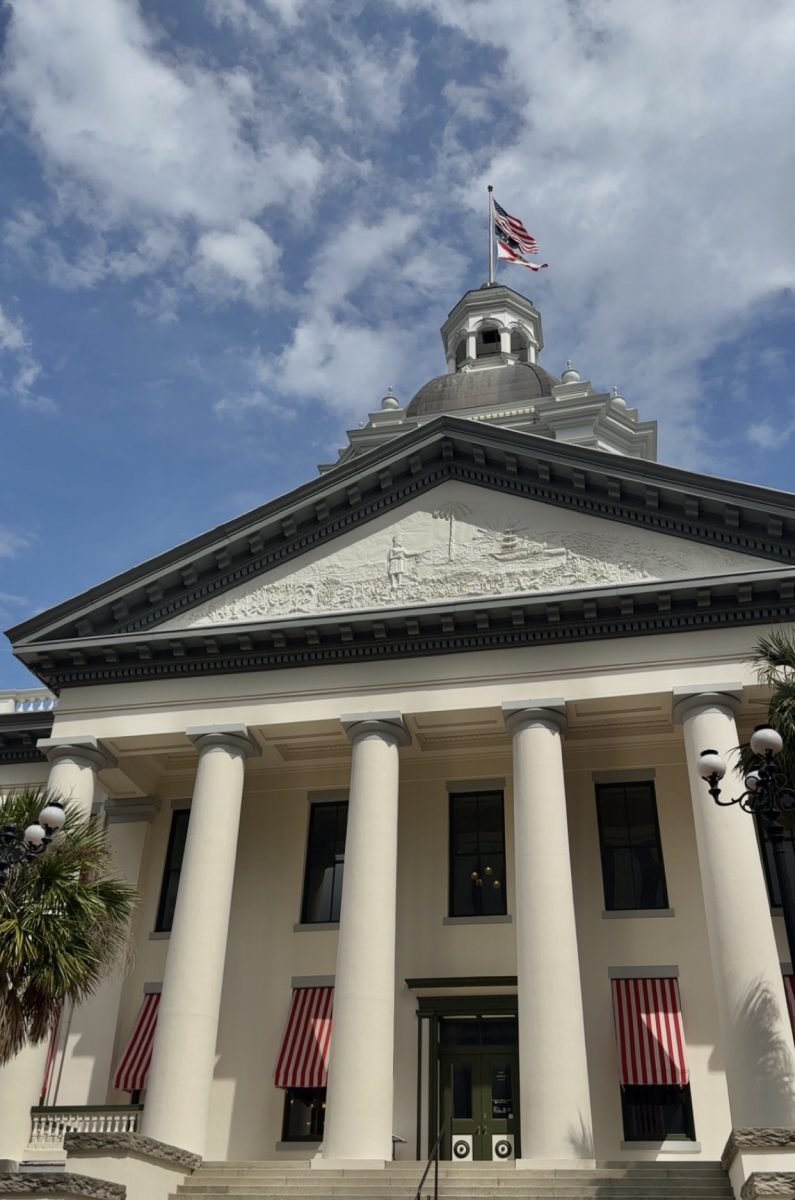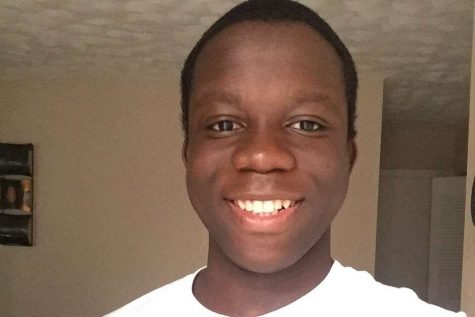
The second Sunday of March marks our annual loss-an-hour-of-sleep day, which is also known as the start of daylight savings time. At 2:00 am, many Americans will have their clocks set an hour ahead so the sun will appear to be rising and setting later than usual. This will not end until 2:00 am on the first Sunday of November.
Despite experiencing this time change from standard time, to daylight savings time, to standard again every year, most people are not aware of the reason behind this.
“I’m still not even sure why we do this every year, to be honest,” said Senior Kevin Binet.
The name of the practice itself is self-explanatory. Its main purpose is to “save” daylight by shifting it away from morning time, when productivity is usually low anyway, so that evenings are longer. If the natural light is out longer, then people are likely to be more productive during the evenings. It is set in the spring and summer times so people can have longer summer evenings following dark winter evenings. States such as Arizona and Hawaii ignore daylight saving time since seasons do not have too much of an effect on them.
It was also meant to save energy since people would least likely be using lights when there is natural light, as well as influence and encourage economically beneficial activities such as tourism.
Many students have different opinions when it comes to the necessity of this time change.
Binet dislikes the time change in general because of the way it distorts his sleep schedule on the first day.
“It sucks to feel so tired in the morning when I know I didn’t go to sleep that late. That hour really makes a difference,” says Binet.
At the same time Patrick Virgil, senior, prefers daylight savings time because he feels it serves its purpose.
“We get to do more activities and stay out longer since the sunlight lasts further into the evening, which is especially good in the summer,” says Virgil.
Chiefs, like senior Francesca Catanzaro, simply like the different aspects of both times and share both these opinions.
“I like the standard daylight saving because it feels like a bend of reality to have to wake up to a dark morning. But I also really enjoy the lighter evening during daylight savings time because it feels like the days are longer and I can get more things done before it gets dark,” says Catanzaro.








